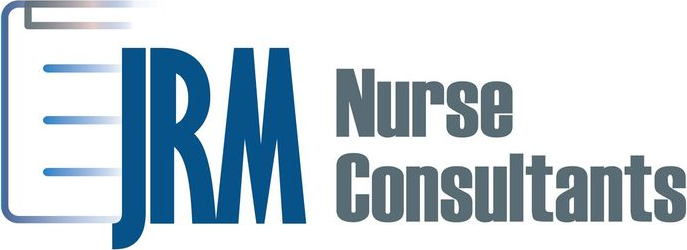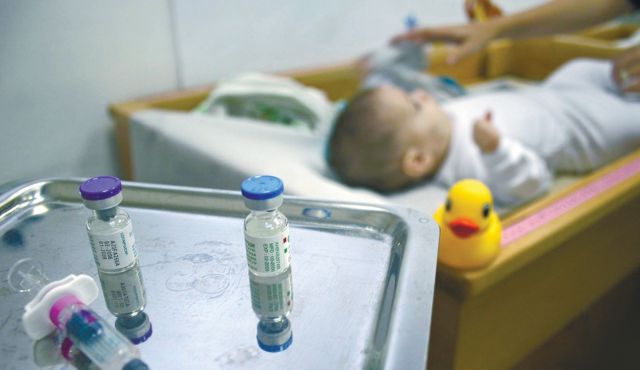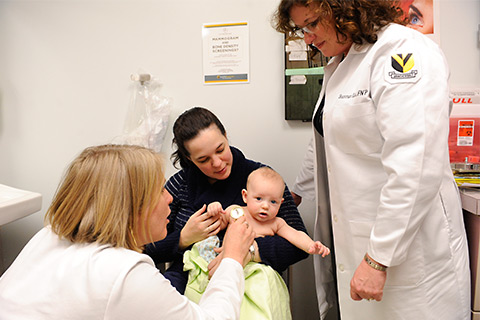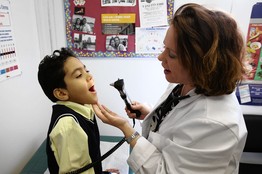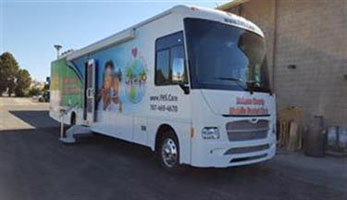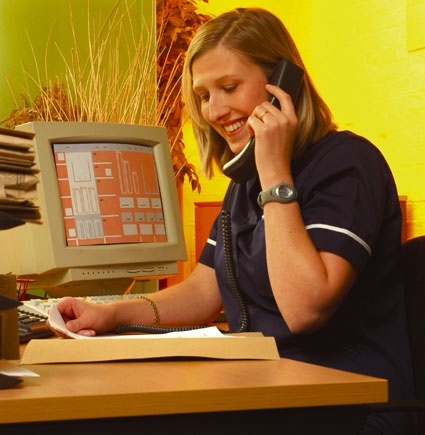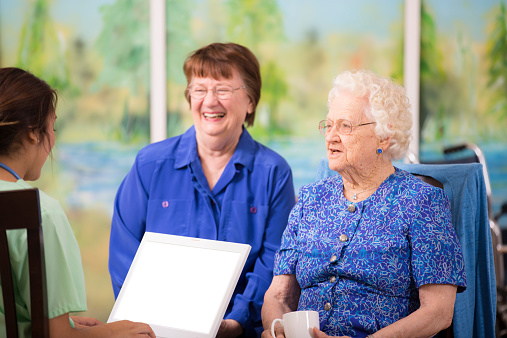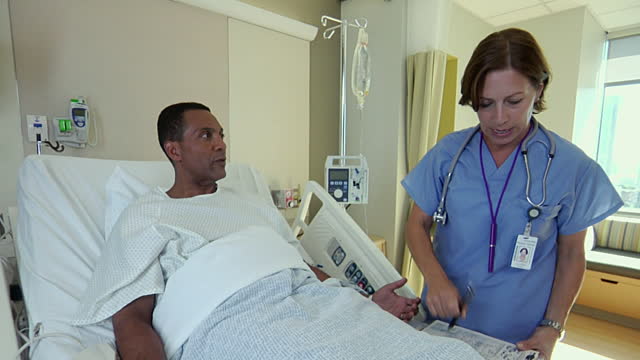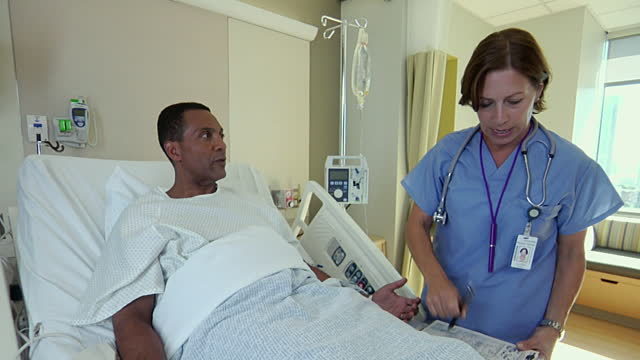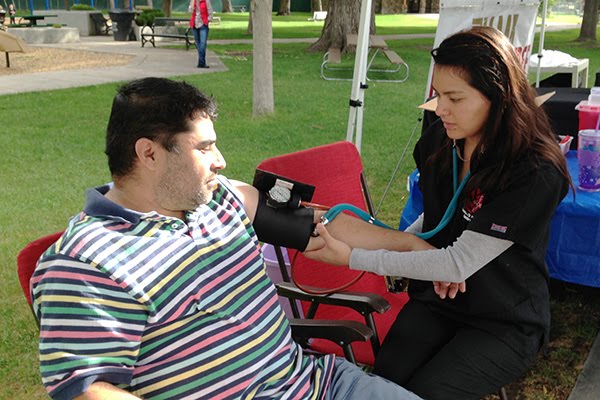Recently, I was speaking with a health nurse at a clinic about the increase in babies being sick due to a lack of well baby check ups and vaccinations. In speaking with the health nurse and in review of her concerns about her well-baby clinic, one of the critical dimensions that came to mind was inquisitiveness to determine whether offering immunizations at her clinic was working or not working to get the parents to come to the clinic. If it is a well baby care clinic, are the parents bringing in the babies for any other check ups? For instance are they coming in when a shot is not needed?
After our conversation, the health nurse decided to seek information about the mothers that were not coming and noticed that there was a drop in the amount of people who came because they did not have public transportation available for them, due to the distance that they lived from the clinic (she is in a rural area). I suggested that there should be some creativity on the clinic’s part to establish a new way for the immunizations to get to the parents.
Creativity and inquisitiveness were two critical thinking dimensions that I identified in this well baby clinic scenario as I was speaking to the health nurse. The structure is the routine immunizations that they provide to the parents at the clinic. The process is based on the age of the infant and that will determine when they come in for their routine immunizations. The outcomes are the hopes of reducing childhood illness, for instance measles (Rubenfeld & Scheffer, 2005).
In thinking, there are a few alternative ways that I think would help the well baby clinic and also help these families. First of all, finding out where the majority of the families that were affected by the lack of transportation live. Once that is determined, locate a school, church or shopping center that will allow once per week or once per month depending on the amount of babies that need immunization, to set up an immunization clinic for those families affected by the bus system. The schools, church and shopping centers are places that parents will need to go to if they have school age children or if they have to buy groceries or attend a church. Even if they don’t attend the church, if it is in the community they have easy access to bring the baby for the immunizations.
Another alternative, is working with the resources available in the community. Perhaps the clinic can find out if the transportation available to take people to doctor’s appointments would be available to bring the parents on a specified appointment day. If the bus can pick up the parents where they used to take the city bus and bring them in to the clinic to get the shots, then go back to the bus stop once the group was done.
When the clinic presents these alternatives to the stakeholders making the decisions on what they will pay to make the clinic a success, it is important to share the benefits for doing the immunizations. If presented in a narrative format, explaining first, the subpopulation that uses the clinic, then the treatment and frequency that they come as well as the consequences of the parents not coming. Presenting the stakeholders with realistic facts if the babies are not immunized and that they can get a childhood illness like the measles, and how an epidemic can spread in the community, is an eye opener. If there are complications from the illness without having proper care to the child or even an adult who was never immunized as a child, there can be an inpatient hospital stay. The inpatient hospital stay would cost the tax payers and stake holders more money when simpler solutions could have been implemented.
In conclusion, education and preventative care is the basis of the well-baby clinic, but when the parent does not have the means to get to the one and only clinic, then an alternative to provide the same service has to be sought to keep the community healthy and avoid unnecessary inpatient hospital stays.
References
Rubenfeld, M. G., & Scheffer, B. K. (2015). Critical Thinking TACTICS for Nurses:Achieving the IOM Competencies (3rd ed.). [Vital Source BookShelf]. Retrieved from http://online.vitalsource.com/books/9781284059571
